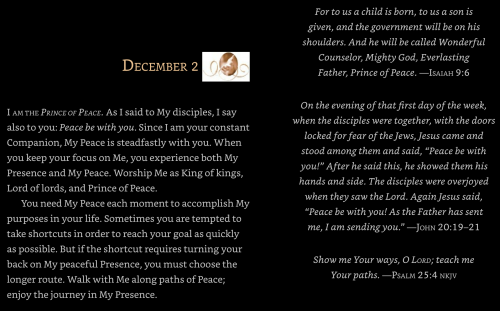The Catholic Worker Movement
Tuesday, December 1, 2020
After Brian McLaren’s helpful summary of biblical examples of social movements, I want to turn our attention to movements that originated within the United States in the last century. The Catholic Worker movement, established by Dorothy Day (1897‒1980) and Peter Maurin (1877‒1949), has continued to bear good fruit since its founding in 1933. Dorothy is renowned the world over for her love for the poor, while Peter Maurin is less well-known. However, the Gospel was at the center of Peter Maurin’s vision and an essential part of what has made the movement so long-lasting. As editor Robert Ellsberg writes, Peter believed:
One should not await some presumably propitious moment, but instead begin at once to live by a new set of values. “The future will be different,” [Peter] announced in typical style, “if we make the present different.” [1] And the revolution began with oneself. There was no need to form a committee to study the problem; the commandments of Christ were there before us, and all that remained was to give flesh to those words, to translate the Gospel into action, and attract others to the cause. [2]
Theologian Marvin Mich (1948‒2018) shows how Maurin’s radical commitment flowed from his reading of the New Testament, and his own Catholic faith:
Maurin brought with him a “gentle personalism,” which was a Catholic radicalism based on the literal interpretation of the Beatitudes. He rejected the liberal institutions of capitalism and the modern state and their faith in material progress and technology. . . . He proposed [instead] a radical imitation of the gospel life of voluntary poverty in solidarity with the weak, the poor, the sick, and the alienated. The Catholic Worker movement’s consistent intellectual position was based on a radical interpretation of the Sermon on the Mount and on papal social encyclicals. . . .
The Worker encouraged communal living, ecumenism, and the concept of laypeople as missionaries. The movement is best known for its “direct action” on behalf of the poor. They started Houses of Hospitality, imitating the medieval hospice. These were soup kitchens, meeting rooms, clothing centers, and places of reflection. [3]
Finally, Dorothy Day reflects on how Peter Maurin’s love for God and people inspired the same in others:
Peter made you feel a sense of his mission as soon as you met him. He did not begin by tearing down, or by painting so intense a picture of misery and injustice that you burned to change the world. Instead, he aroused in you a sense of your own capacities for work, for accomplishment. He made you feel that you and all [people] had great and generous hearts with which to love God. If you once recognized this fact in yourself you would expect and find it in others. . . . But it was seeing Christ in others, loving the Christ you saw in others. Greater than this, it was having faith in the Christ in others without being able to see Him. Blessed is he that believes without seeing.” [4]
